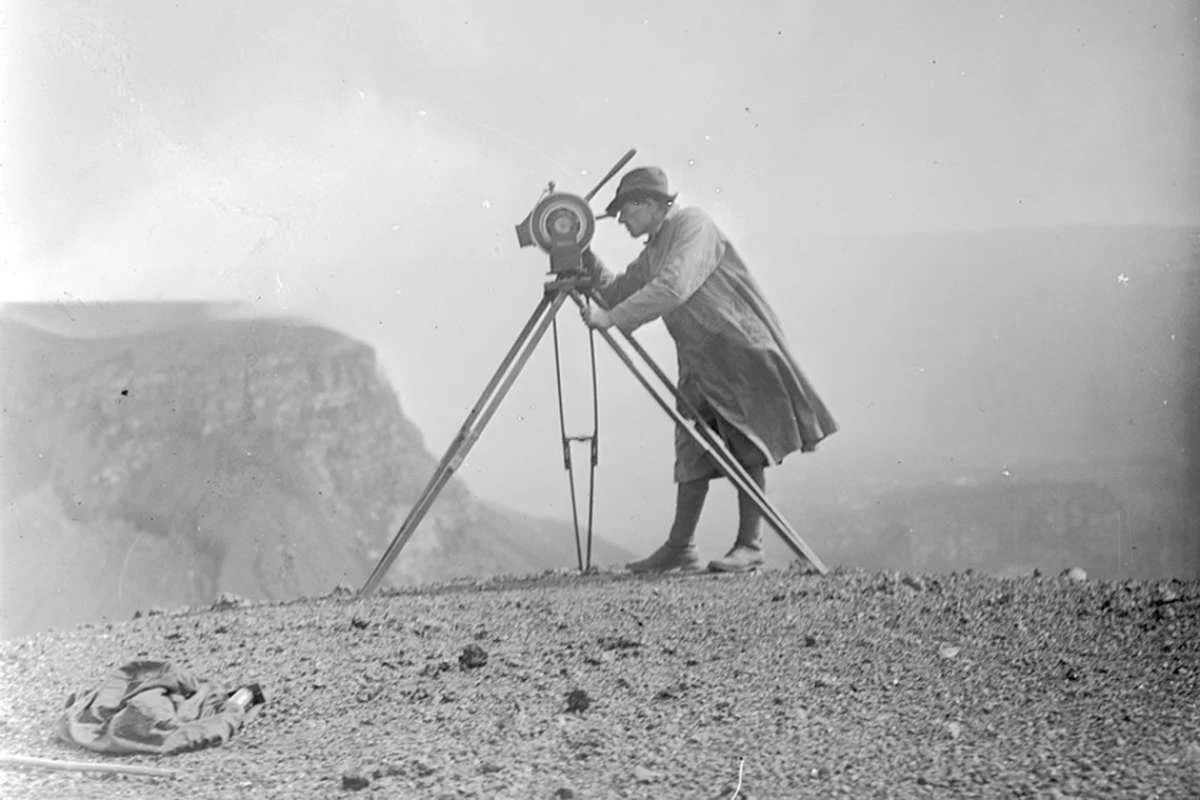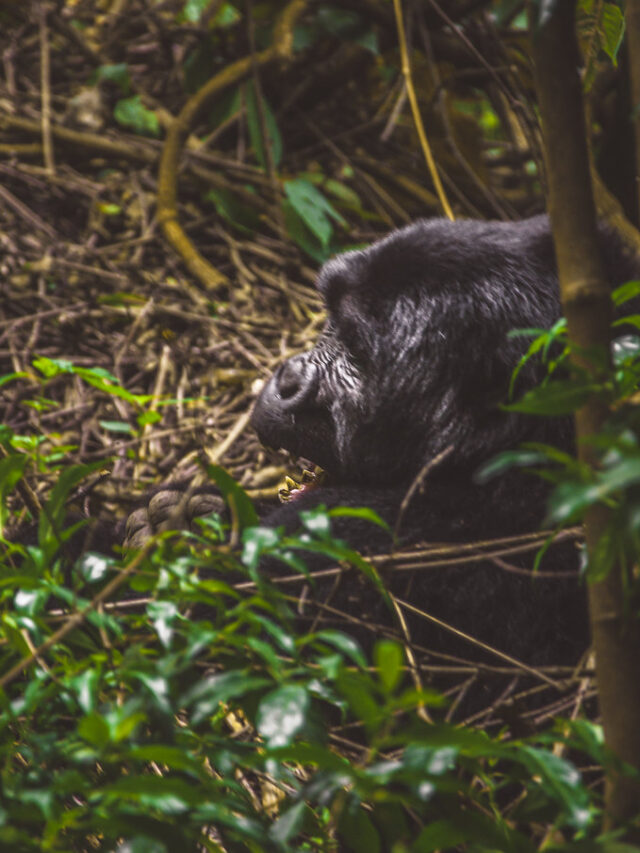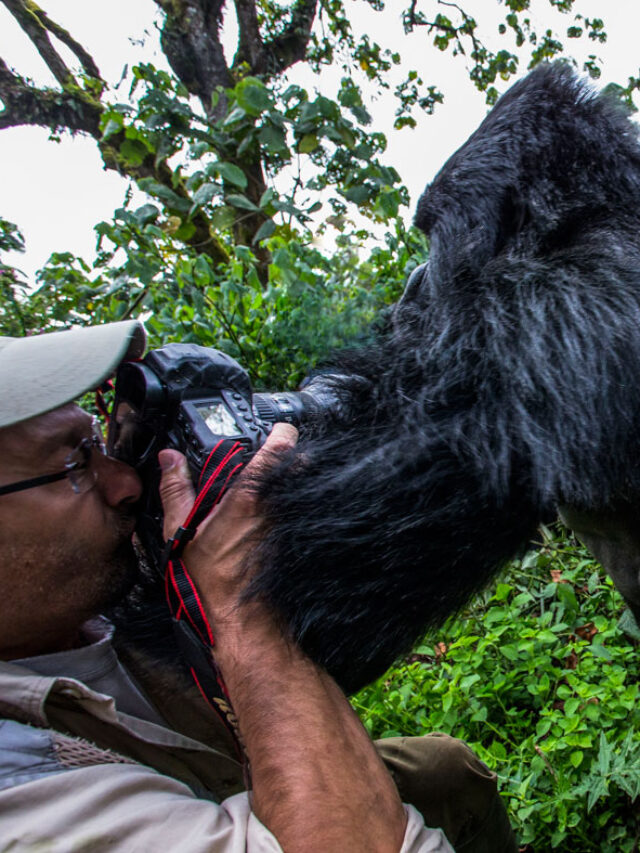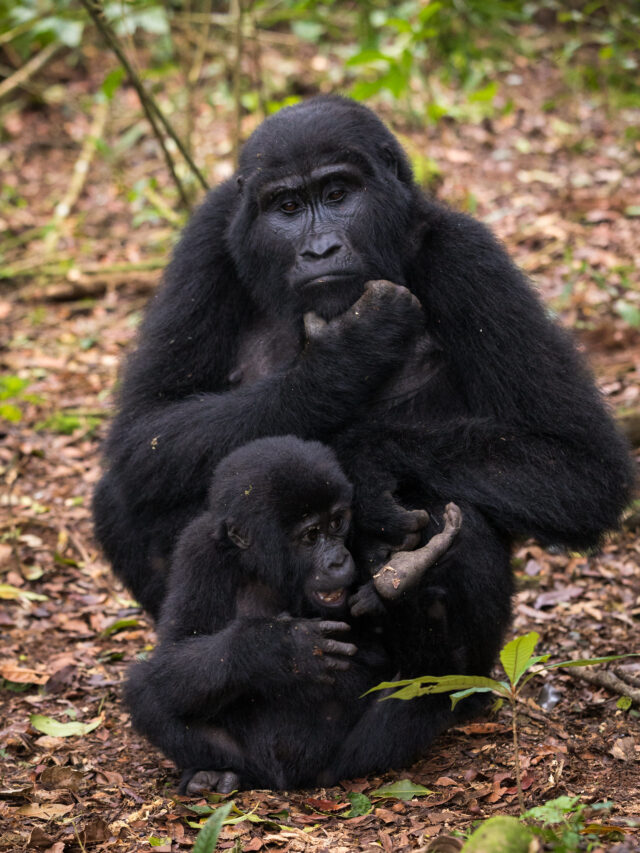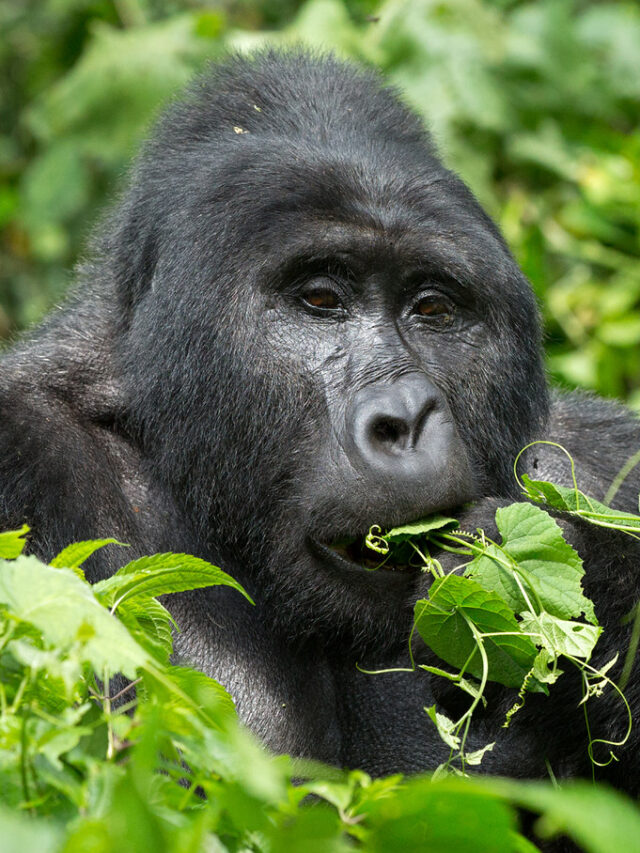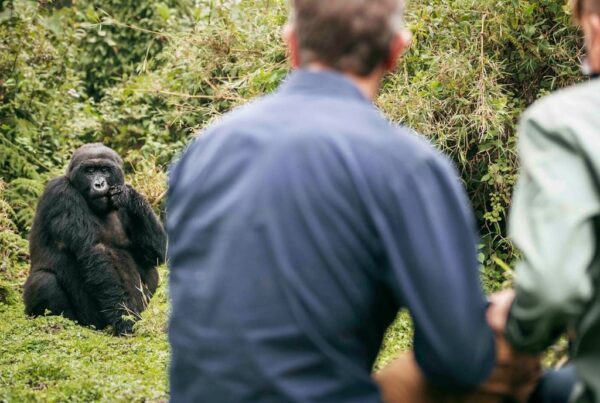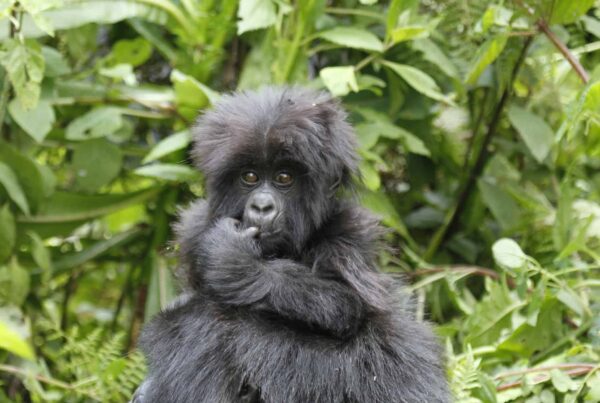Carl Akeley and the Mountain Gorillas of 1926: The Man Who Changed the Fate of a Species
A Journey Into the Mist: Carl Akeley’s Historic Expedition
In the heart of Africa, where the Virunga Mountains rise like jagged emerald sentinels from the mist, a groundbreaking encounter unfolded in 1926 that would alter the course of wildlife conservation forever. The man behind it was Carl Ethan Akeley—an American naturalist, taxidermist, explorer, and museum visionary whose name, while often eclipsed by more modern conservationists, deserves a place in the very roots of gorilla protection history.
Carl Akeley and the Mountain Gorillas of 1926 — By 1926, Akeley was already well known for revolutionizing museum dioramas at institutions like the American Museum of Natural History, but his fifth and final expedition to Africa—this time to the then-Belgian Congo—was driven by something far more profound than scientific curiosity or taxidermy. It was fueled by a newfound respect for a species he had once hunted, and it was on this journey that Akeley came face-to-face with the elusive and poorly understood mountain gorilla. What began as a mission to collect specimens would evolve into a transformative experience that ignited the flame of gorilla conservation.
From Hunter to Guardian: A Profound Personal Shift
Carl Akeley’s early relationship with gorillas was one of scientific detachment. His aim had been to collect specimens to educate the public through lifelike museum displays. Indeed, his 1921 expedition involved the collection and preparation of gorilla specimens that would eventually populate the halls of the American Museum of Natural History in New York. These dramatic taxidermy exhibits brought the wild into the urban world and fascinated millions. But the true turning point came during his 1926 return to the Congo.
This time, Akeley ventured deeper into the forests of the Virunga Mountains with a different sense of purpose. Climbing steep volcanic slopes, trudging through fog-drenched bamboo forests, and listening to the guttural sounds of silverbacks echoing through the valleys, Akeley experienced something he had not expected: awe. Surrounded by mountain gorillas in their native habitat, he witnessed their gentleness, their intelligence, and their tightly-knit social bonds. The fierce beasts he’d once viewed as trophies now appeared to him as sentient, peaceful creatures—so humanlike in their interactions that they stirred something deeply emotional within him.
He later wrote, “It was as though we had stepped unbidden into a family circle, where the animals were themselves in their own world, at home, and at peace.” This intimate moment of observation changed Akeley’s heart and mind. Rather than merely documenting or preserving gorillas through lifeless form, he began to understand the urgent need to protect them while they still lived and breathed among the mountain mists.
The Birth of Africa’s First National Park
What makes Carl Akeley’s 1926 expedition legendary is not just what he saw, but what he did after. Upon returning, he began lobbying the Belgian colonial authorities with an impassioned plea to preserve the Virunga Mountains as a sanctuary for mountain gorillas. At the time, wildlife conservation was barely a concept in most parts of the world—Africa’s wilderness was being divided, exploited, and its animals often hunted to near extinction.
Yet Akeley, once a participant in that extractive system, used his reputation, scientific authority, and deeply emotional experience to argue for a new future. Thanks to his advocacy and persuasive efforts, the Belgian government soon agreed to set aside a portion of the Virungas for wildlife protection. In 1929, just three years after his pivotal expedition—and sadly, three years after his death—Albert National Park was officially established. It was the first national park in all of Africa, and its core purpose was to protect mountain gorillas and the ecosystem they call home.
This park would eventually become Virunga National Park, now a UNESCO World Heritage Site and one of the last strongholds of mountain gorillas in the world. Carl Akeley’s vision had become reality, and the gorillas he once sought to preserve in death would now be preserved in life.
Death in the Mountains: A Fitting Farewell
In a poignant twist of fate, Carl Akeley died during that very 1926 expedition—on the slopes of Mount Mikeno, deep in the land of the gorillas. He succumbed to dysentery, and per his wishes, he was buried where he fell in the Virungas, not far from the very creatures whose lives had transformed his own. His grave remains there to this day—a solitary, silent testament to a man who turned from hunter to hero.
Visitors to Virunga National Park, or those who trek in nearby Rwanda’s Volcanoes National Park, often pass near the site of his resting place. It is not just a grave; it is a symbol of awakening—an acknowledgment of humanity’s power not only to destroy, but to protect and to atone.
Legacy: Why Carl Akeley Still Matters
Carl Akeley’s story is one of dramatic personal evolution, and it laid the foundation for modern primate conservation. His work inspired generations of scientists, including the famed Dian Fossey, whose own gorilla research would carry forward Akeley’s dream of protecting gorillas in the wild. Without Akeley, there may never have been gorilla tourism, no protected Virunga ecosystem, and perhaps, no surviving mountain gorillas at all.
He taught the world that to truly understand an animal, one must meet it on its own terms—where it lives, how it behaves, and what it needs to survive. This was not just about scientific observation—it was about empathy, humility, and a radical shift from dominance to stewardship.
Today, the descendants of those very gorillas Carl Akeley saw in 1926 still roam the forests of Uganda, Rwanda, and the DRC—watched over by rangers, scientists, and local communities who carry the torch he lit nearly a century ago.

